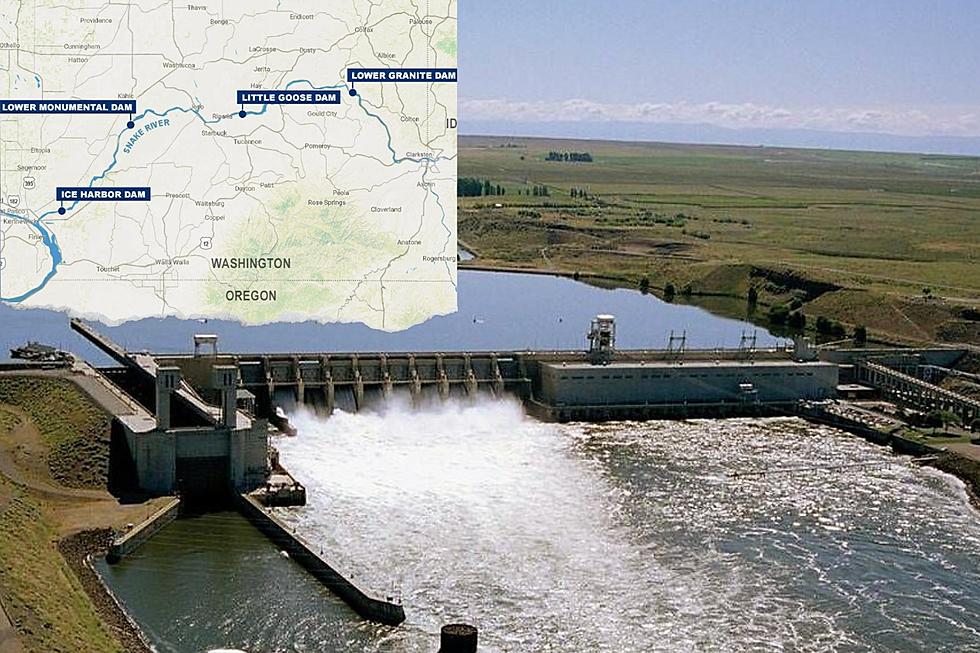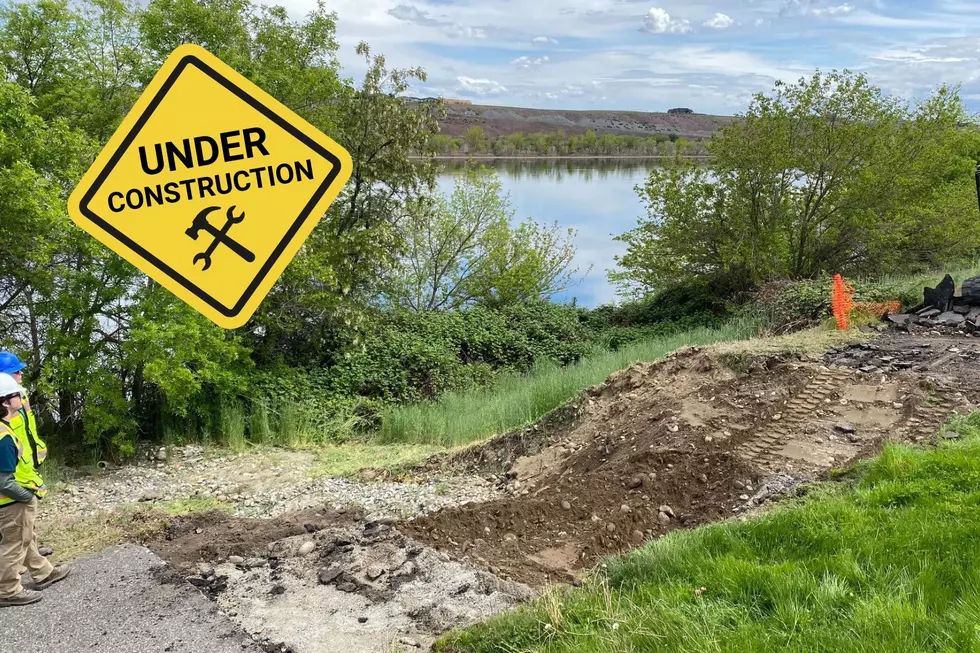
Columbia-Snake River Irrigators Association Supports Lower Snake River Litigation Agreement
(via press release) According to the Columbia-Snake River Irrigators Association, the Federal Administration has reached an agreement with the Biological Opinion (BiOp) Litigation Plaintiffs to bring close to thirty years of court action pressing for Lower Snake River (LSR) Dam breaching. The Plaintiffs, EarthJustice et al., Oregon, and in association with the Tribes, have accepted a Commitments Agreement with new actions posed by the U.S. Dept. of Energy, the Bonneville Power Administration (BPA), the U.S. Army Corps of Engineers, NOAA Fisheries, and other federal agencies.
As a Defendant-Intervener, the Columbia-Snake River Irrigators Association (CSRIA) has informed the Plaintiffs and Defendants that the Irrigators will support the Commitment Agreement, now on its way to U.S. District (OR) Federal Judge Michael Simon for final approval. The Agreement will be in effect for at least five to ten years.
The CSRIA supports this action because dam breaching is effectively off the table for any conceivable future. The centerpiece for the Agreement is that the Tribes are trading dam breaching for new power resources dollars. On paper, the Tribes would be allowed to count new green resources developed under their Pacific NW Tribal Energy Program, for replacement power resources--the means to agree upon this allocation process or to implement it are for future determination, with Congressional review. In the meantime, resources may be developed to serve new regional power loads, with new revenues created.

CSRIA Board Representative Darryll Olsen has reviewed the Agreement with the agencies' senior staff and asserts that much of the regional industry outcry toward the Agreement is overstated. Explained Olsen:
It should be clarified that there was no secret process. The Agreement mediation directly supported the Plaintiffs and Defendants review, and Defendant-Interveners were allowed clear access to convey their positions in multiple meetings. The mediators facilitated independent discussions between CSRIA and the Plaintiffs, allowing for an understanding of what would be acceptable to reach some kind of LSR agreement. Other parties could have had similar in-person consultations with the Plaintiffs as well.
Olsen observes that some industry parties are confused about regional power costs to BPA and other utilities, as well. CSRIA concludes that:
- The BPA has made no commitments to enter into new power system contracts that are not already in place. Any future power sales purchases will be used to meet new regional loads.
- Any new BPA resource acquisitions must comply with the Northwest Power Act.
- BPA has not committed to nor intends to develop new power transmission upgrades/resources beyond those already in the planning phase. This would likely include future Tribal needs.
- New BPA Fish & Wildlife costs largely reflect existing obligations; CSRIA estimates additional costs to be under $100 million/year, representing about a 2.7% wholesale power rate impact (in review).
"As the BPA power system costs are likely marginal, and the total economic sector impact costs are well below any previous cost estimates for LSR dam breaching, the regional industries should be praising this Agreement given the alternatives," stated Olsen.
Related Stories:
- Lower Snake River Dams: Congressional Subcommittee Hearing Held
- CEQ Pressured Further for Info About Columbia River Negotiations
- Congressmen Criticize CEQ Involvement in Lower Snake River Dams Negotiations
- Congressional Members Discuss Snake River Dams in Richland
- Rep. Dan Newhouse Discusses Plan to Protect Snake River Dams
- Hennings: Snake River Dams Vital For Wheat Growers
7 Unique Places to See in Oregon
Gallery Credit: Reesha Cosby
Washington's Top 10 Commodities
Gallery Credit: Danielle Kootman
Guide: Top 5 Counties With The Most Farmland In Washington State
Gallery Credit: Rik Mikals
More From 610 KONA









